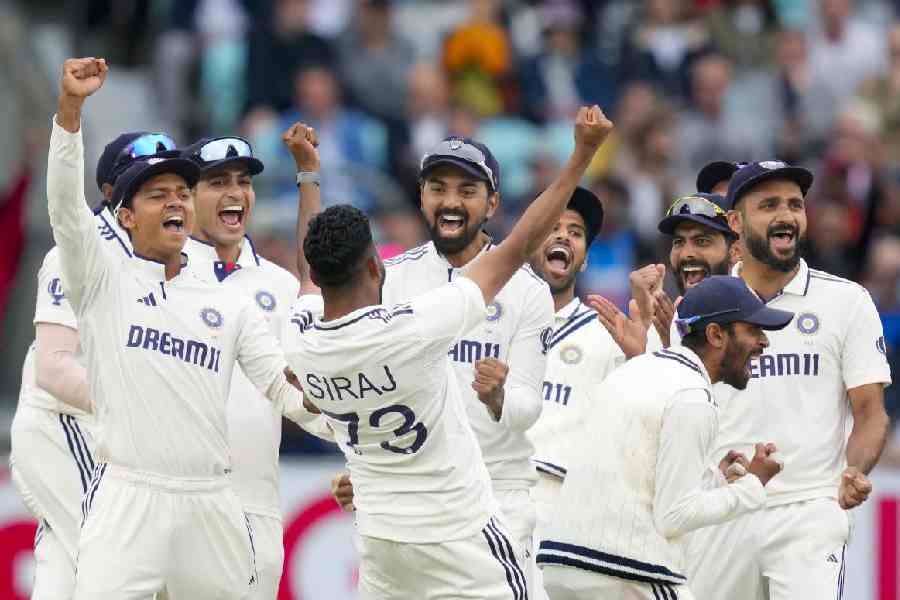Gautam Gambhir has always abhorred star culture in Indian cricket. Be it as a player or a coach, team performance always took precedence over individual brilliance in his mode of operation.
A month before he was formally named Team India head coach, he spelt out his doctrine at a private event in Calcutta. “You sometimes have to take the right decisions. I have always believed in a team-first philosophy. My job will never be to make individuals perform,” he had told a select gathering at a five-star hotel.
A little over a year into his stint as the most powerful man in the team, Gambhir has brought in the changes and remained true to his doctrine for success. He hasn’t bowed to pressure and has been bold enough to bring about a radical transformation in managing the affairs.
To abolish a system of worshipping the stars — which had been the case for decades — was never easy. He faced obstacles but didn’t budge. That he enjoyed the support of the man who matters most in the BCCI made his task easier.
During his stint with Kolkata Knight Riders, both as captain and coach, it was the same philosophy that helped him achieve success. After taking over from Rahul Dravid, he took time to get used to the intricacies of the Rohit Sharma-led side which had won an ICC trophy after more than a decade.
The humiliating whitewash in the home series against New Zealand came as a rude jolt but Gambhir didn’t wish to disturb the atmosphere ahead of the Border-Gavaskar Trophy. During the two-month tour Down Under, he got to evaluate the lacunae for the drastic slump in performances.
Several aspects which needed immediate attention were discussed threadbare at the review meeting after Australia. The BCCI sent 10 guidelines to the centrally contracted players as per the head coach’s directives, including participation in domestic tournaments mandatory for selection, stringent rules for family travel, baggage allowance and restrictions on personal staff for players on tour, besides a ban on returning home if matches ended early.
It didn’t please several high-profile players but there was no way the BCCI would give in. That was the first instance when Gambhir had stamped his authority on the team after reportedly blowing his top in the dressing room following a humiliating loss
in Melbourne.
Even as the team basked in the glory of the Champions Trophy triumph on return, Gambhir had his plans in place for the England Test tour. He realised it wasn’t easy to abolish the star culture since sidelining them could mean an all-round uproar. But he knew it was time to wield the axe.
The need to promote youngsters was identified and a new core group was initiated with Ajit Agarkar. The chief selector’s dialogue with veterans Rohit Sharma and Virat Kohli conveyed a stern message. It meant the end of the road for both, considering their failing form.
While the world mourned Rohit and Kohli’s exit from Test cricket, Gambhir worked overtime to plan and strategise with new captain Shubman Gill. There were no stars, except for perhaps Jasprit Bumrah, and Gambhir had managed to imbibe a practice where the motivation was to perform as a team.
“Never be scared of taking the right decision with the right intent. If your intent is right, you have to make decisions however unpleasant it might be. Egos don’t matter... If you want to see the change, be that change,” Gambhir had envisaged.
The head coach always preferred to stay away from the limelight after The Oval victory. But his emotional self was not to be missed at the fall of the final England wicket
when he locked “under fire” bowling coach Morne Morkel in a tight embrace.
The England tour has, in many ways, been a triumph of his principles. The end of star culture and a reward for “treating everyone equally in the dressing room.” Like it or not, Gambhir’s influence and clout in Indian cricket will continue to grow.

